Still Life with Trees and Mountains
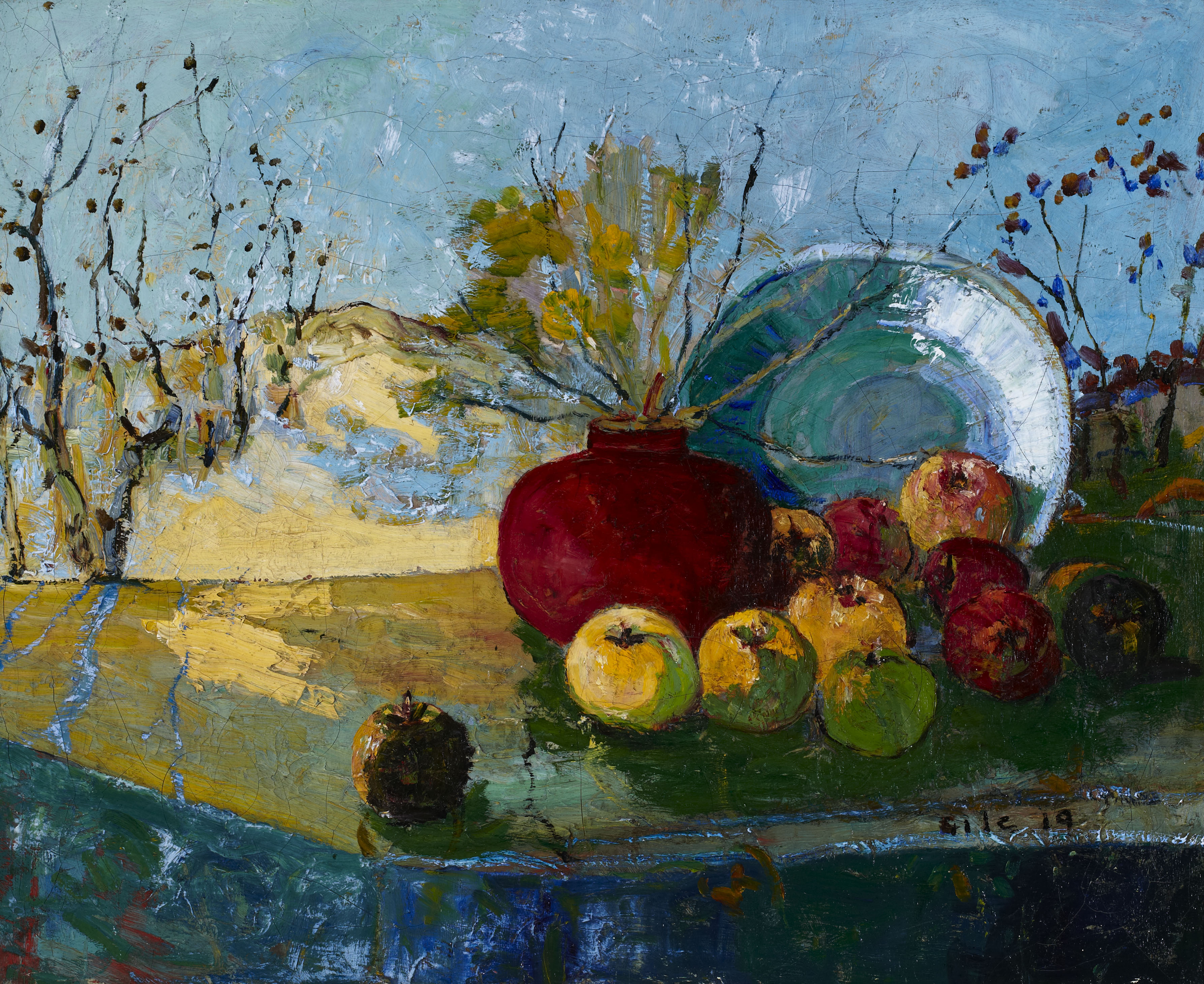
What makes California living special?

What makes California living special?
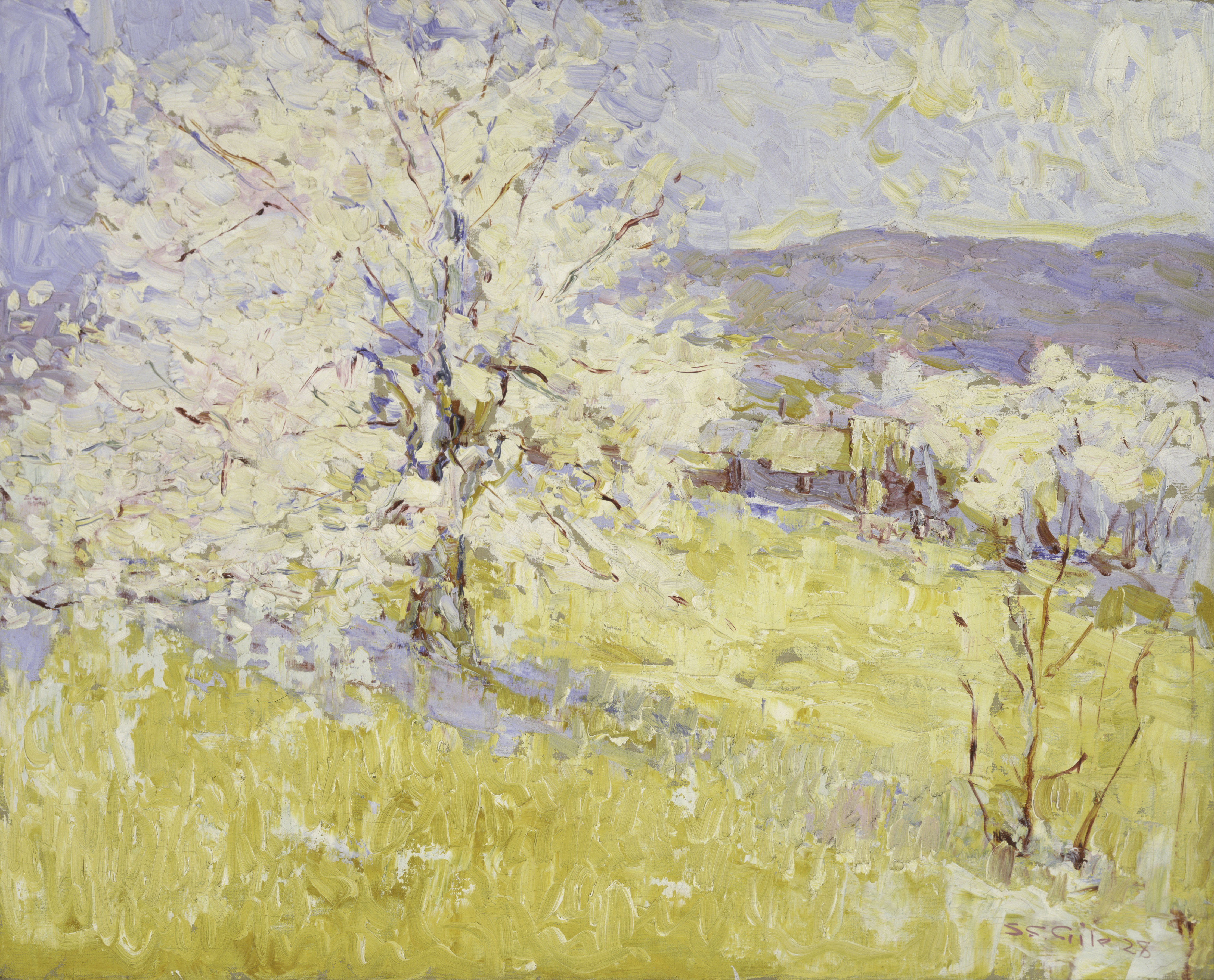
What is unique about the quality of light in California?
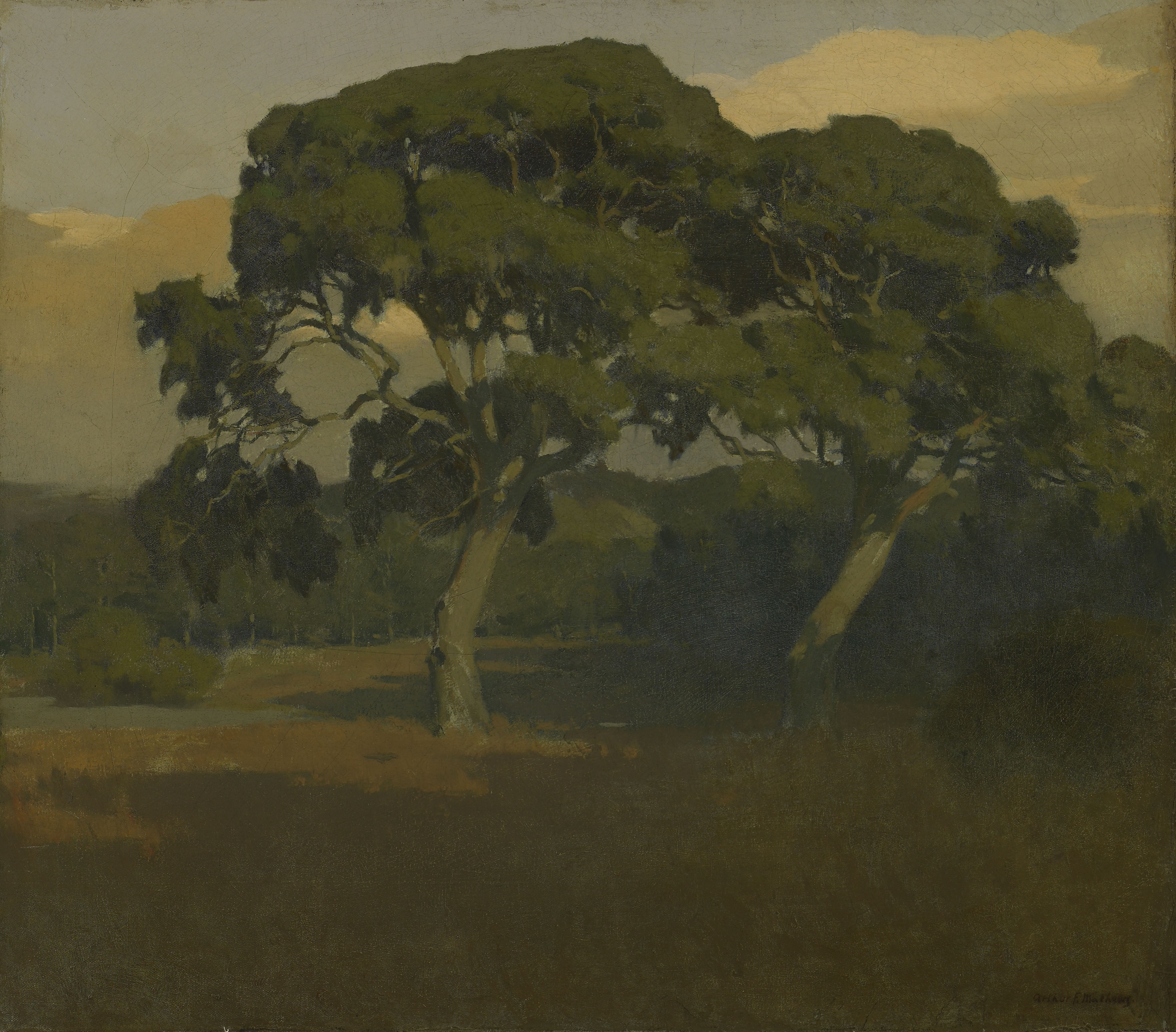
What are the colors of California?
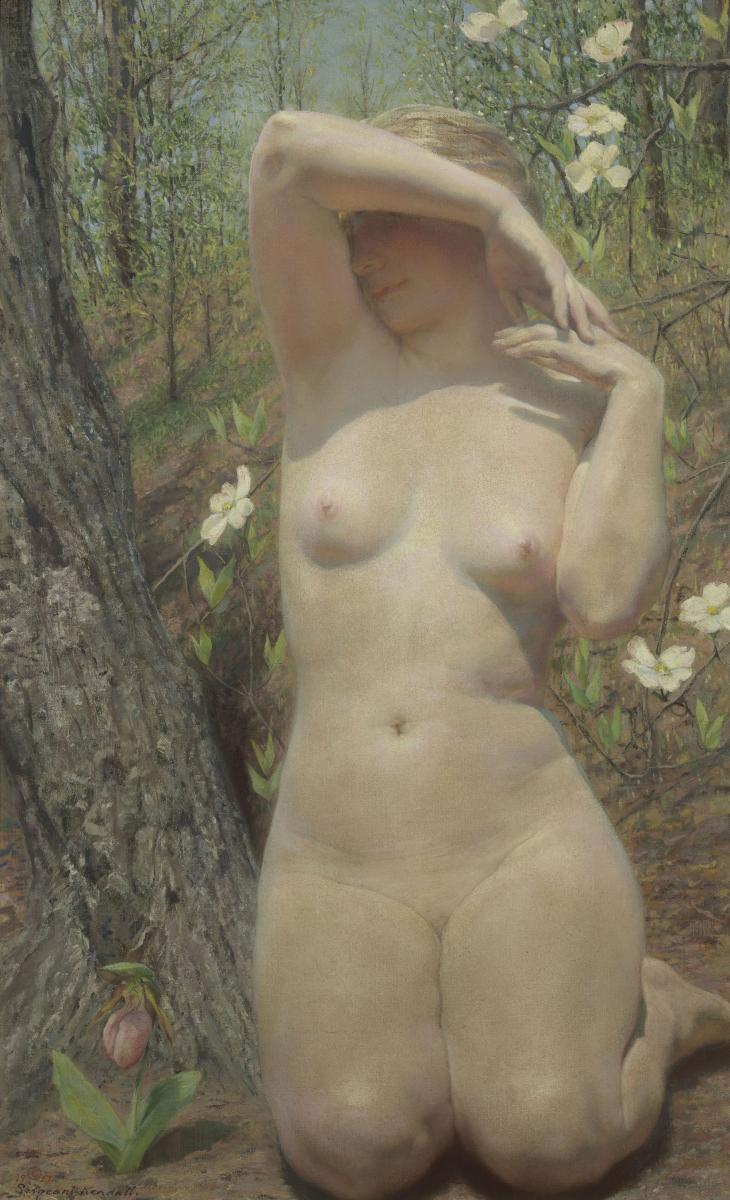
Why is “the nude” ubiquitous in art?
After 1922 Kendall developed an interest in painting classical female nudes. This subject dominated his creative output for the last 15 years of his life, resulting in works with titles such as Keheilet, Eidolon, and Cypripedia. Cypripedia is a plant or flower of the genus Cypripedium, in the orchid family. The cypripedia in this painting sprouts from the earth beside the nude female figure.
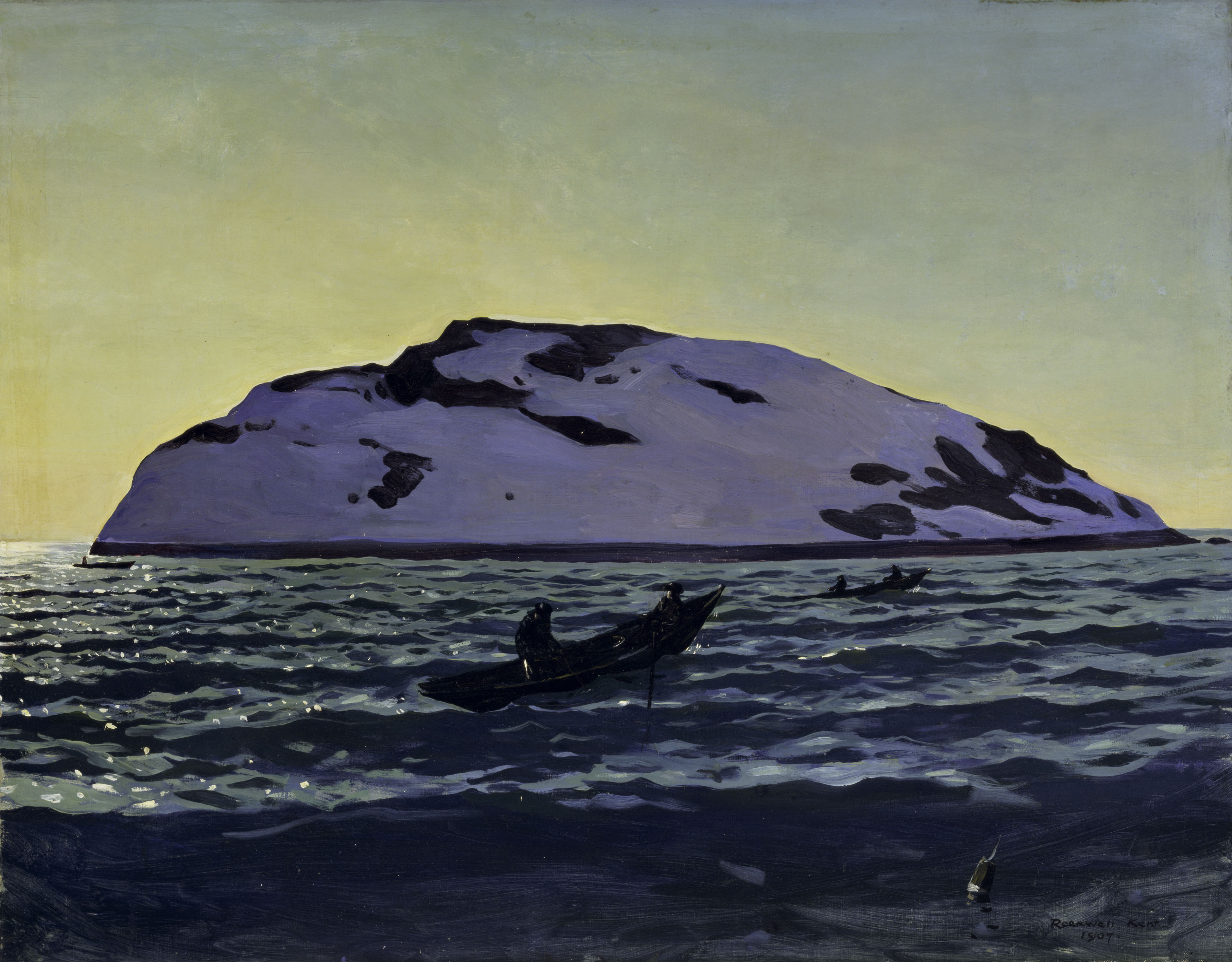
Does this scene feel real or imagined?
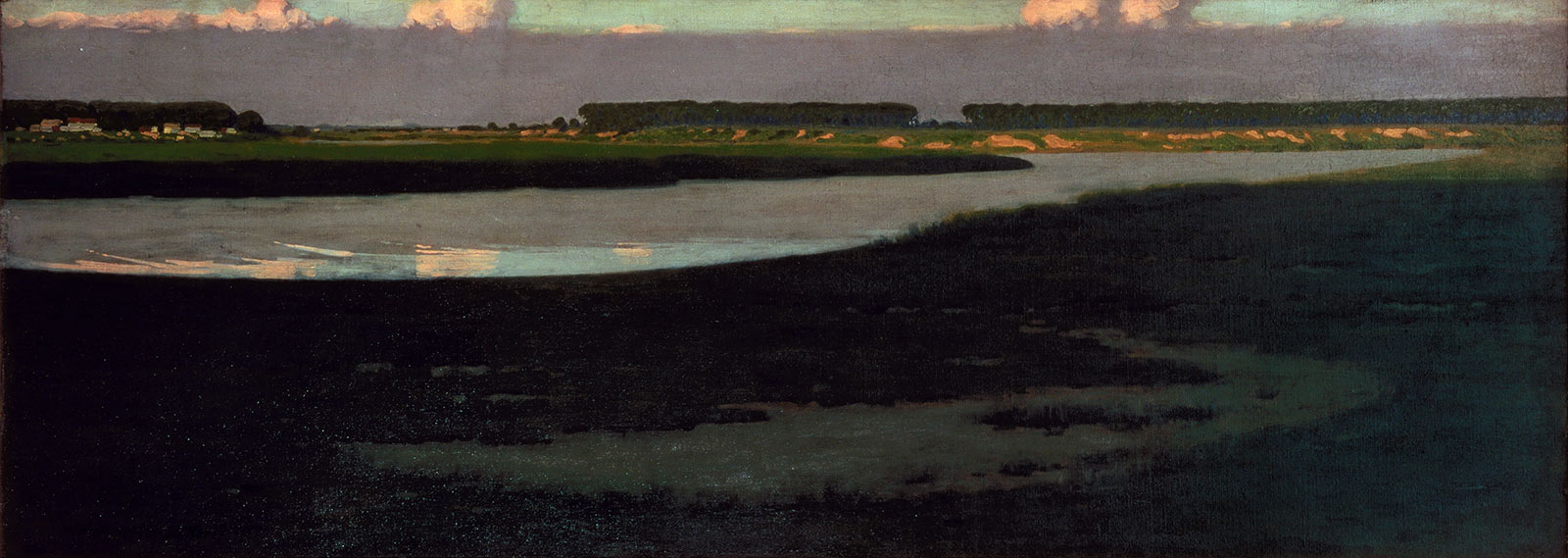
What emotions do colors convey?
When he taught painting on Cape Cod in 1899, Murphy urged his students to use poetic abstraction to “awaken an emotion” in their viewers. In this landscape painted that summer, he shows the power of this approach, emphasizing the tonal values and decorative qualities of the scene. This depiction of the flat, boggy landscape along Boston’s northern shore shows the rhythmic harmony of shadowy marshes, winding channels of water, and bands of gray suggesting banks of clouds and their reflections.
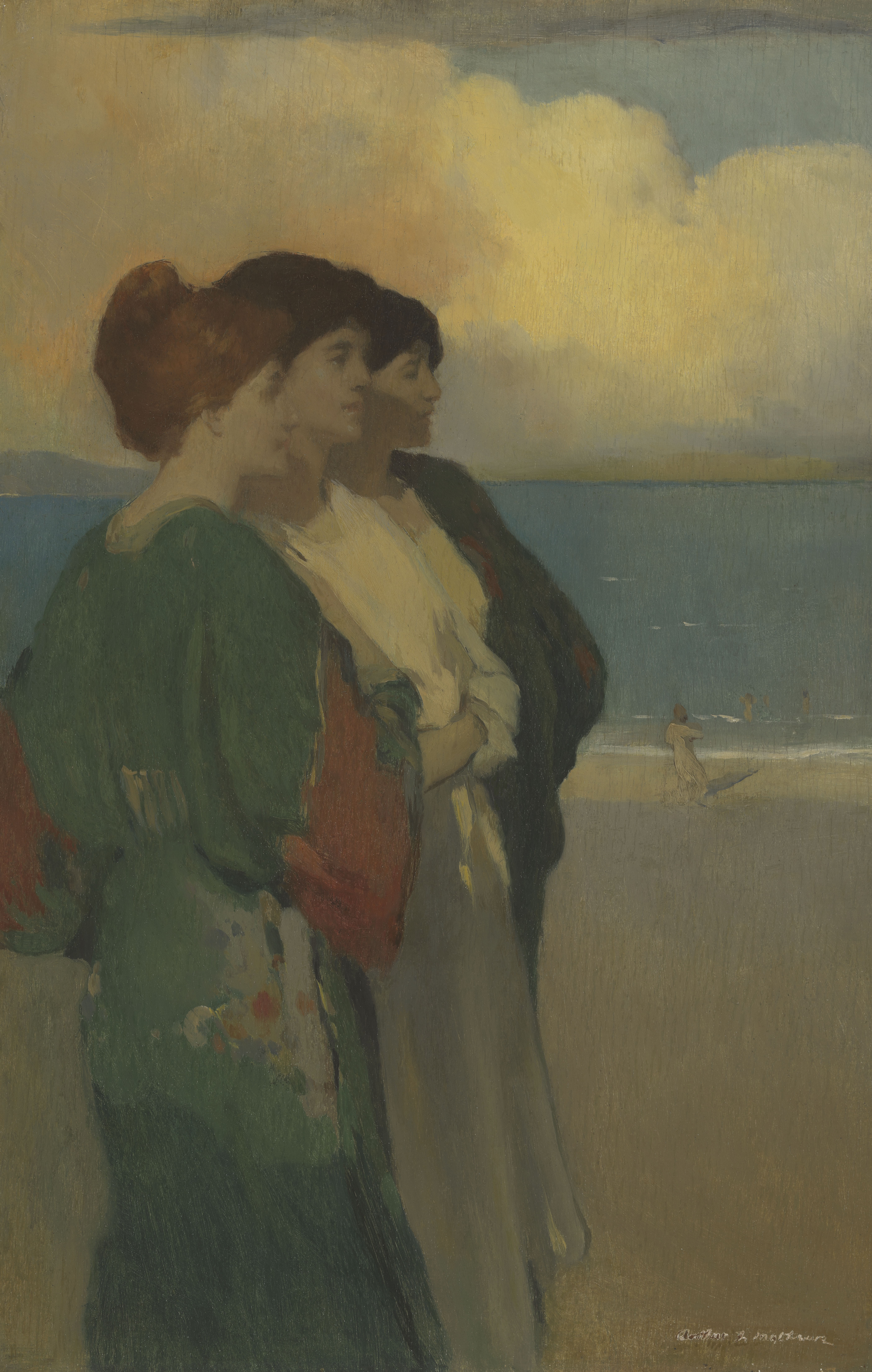
Which figures from ancient mythology would you like to encounter in the contemporary world?
This painting features goddesses from Greek mythology; each is associated with different qualities: Aglaia (elegance, brightness, and splendor); Thalia (youth, beauty, and good cheer); and Euphrosyne (mirth and joyfulness). In this scene, Mathews transports the goddesses from ancient Greece to California—the women are dressed not in classical Greek costume but kimono-type robes suggestive of the bohemian tastes of West Coast artistic life in 1909.

How do you document your travels?
In 1936 Fechin brought a small group of art students with him to Mexico. During the tour, which included stops in Guadalajara, Mexico City, and Oaxaca, Fechin took photographs and made drawings that may have served as the source for this painting. This portrait of a flower seller shows the artist’s interests in people and color. The background includes a trajinera, a small boat used to carry goods across canals, most often found in the famous canals of Xochimilco in Mexico City.
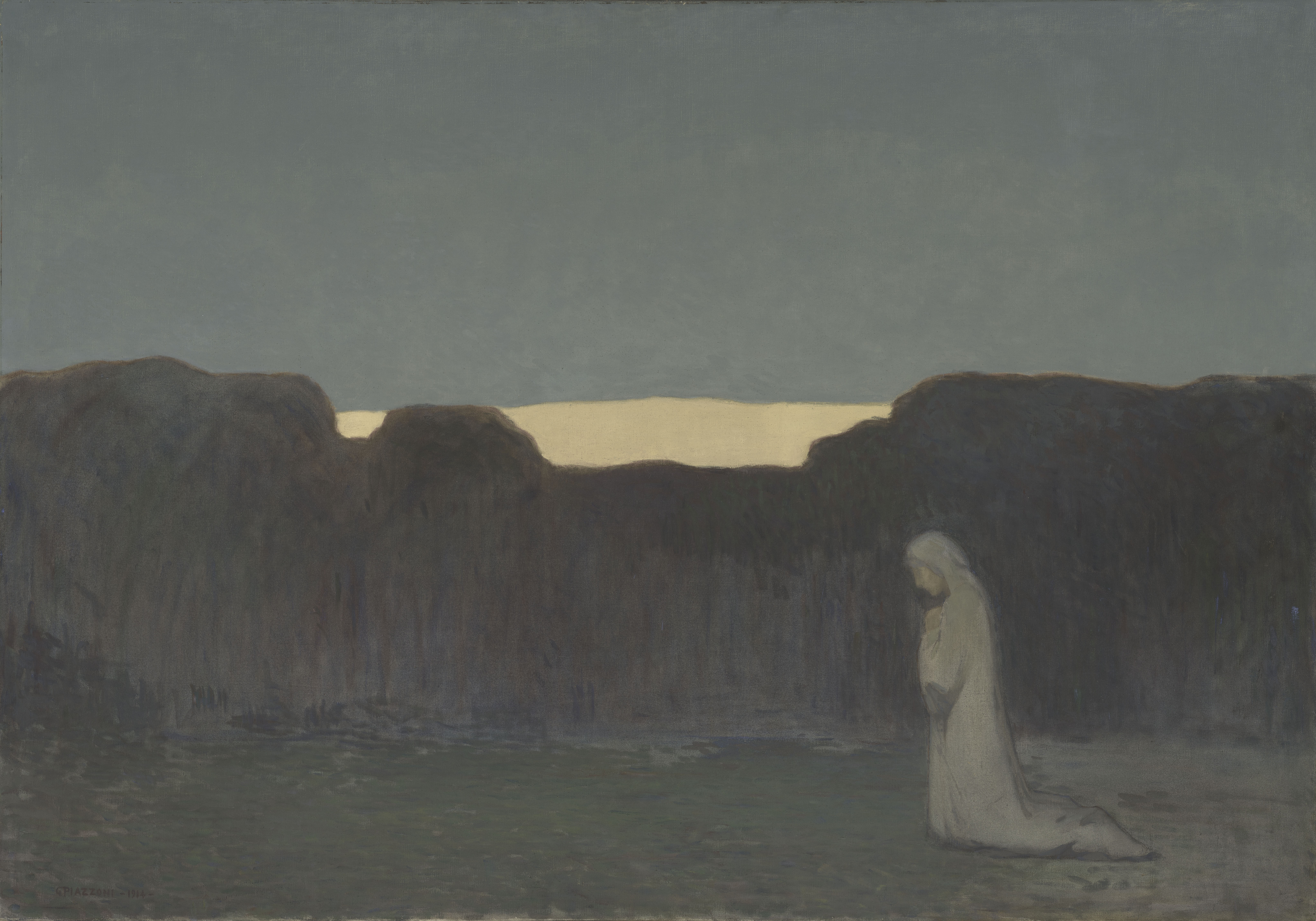
Is this painting luminous or ominous?
In his study of the artist’s life and work, Gene Hailey concluded, “In the narration of Piazzoni’s interesting life, the evaluators of his work have played upon the adjectives of beauty and truth, a symphony of heavenly music. Searching for a conclusion, the Lux Aeterna seems fitting. In this painting Piazzoni has epitomized the desire of his life; that of flooding the white-robed figure of truth and beauty, in the effulgence of eternal light.”

Where do you find patterns in nature?
Around 1900 Dow established a studio in Ipswich, Massachusetts, often teaching summer courses there. After an extended period of concentration on printmaking and teaching, in 1907 he began to paint. This early painting uses simple elements of the Ipswich landscape to create overall decorative patterns. Dow favored twilight and dawn as transitional times of day that simplified forms and harmonized colors in low-keyed luminescence.